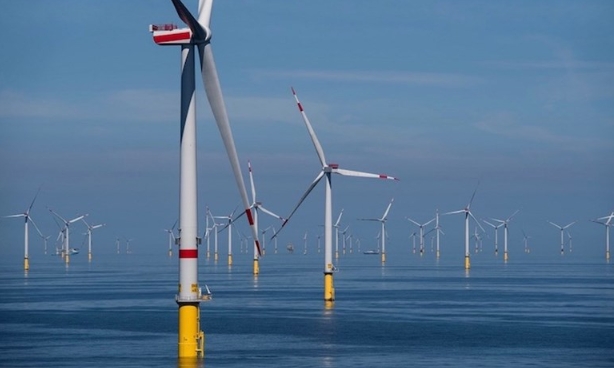
Last month, a confidential registration of interest process started, allowing feasibility licence holders to access essential details in preparation for the RFP. The government expects to award contracts by October 2026. Successful projects will benefit from a contract-for-difference and availability payment model, with payments commencing once electricity generation starts.
Community engagement is a priority, with public input shaping project outcomes. Developers are required to provide additional benefits beyond those outlined in the Renewable Energy Zones Community Benefits Scheme. To ensure local economic impact, at least 80% of content during the operations and maintenance phase, starting in 2032, must be sourced locally. Additionally, 10% of labour hours in this phase will be allocated to apprentices, trainees, or cadets.
To strengthen workforce capabilities, the government will offer grants of up to $4.9 million to establish a Wind Worker Training Centre. This aligns with Victoria’s offshore wind targets: 2 gigawatts by 2032, 4 gigawatts by 2035, and 9 gigawatts by 2040. The government emphasized: “These steps will build a sustainable energy future while supporting local communities and workers.”